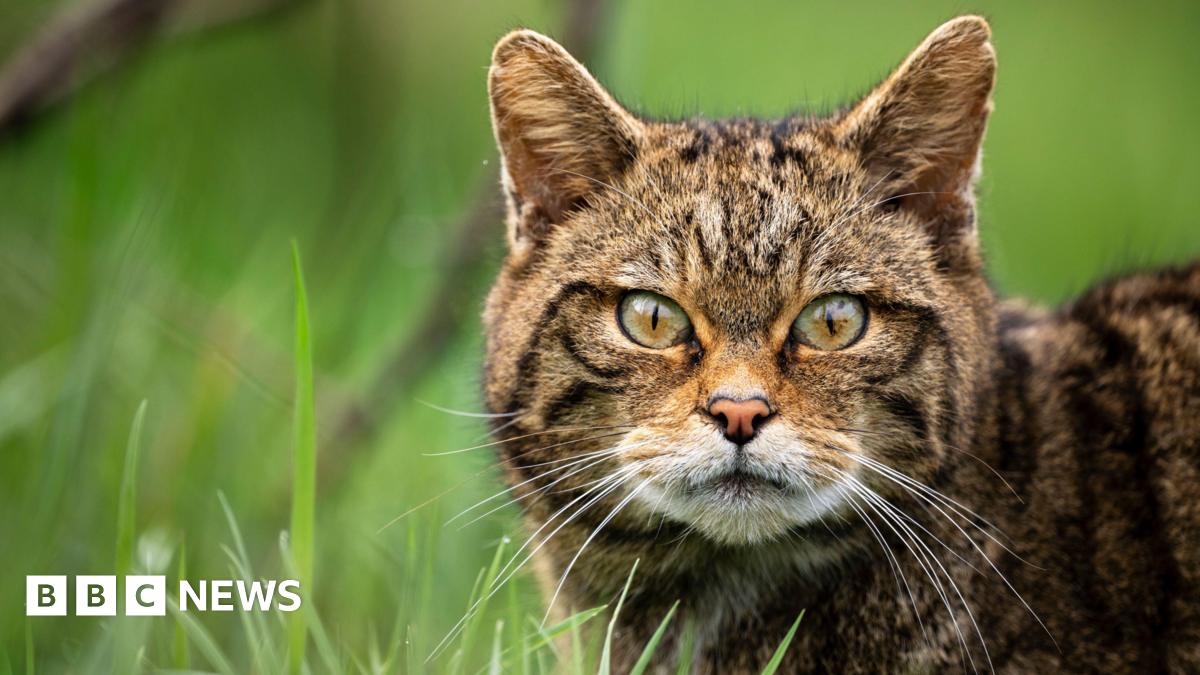Cath Jeffs, the South West Wildcat Project lead for Devon Wildlife Trust, said the team would continue to work closely with locals to deal with any concerns or issues raised over the phased reintroduction and that specific locations had yet to be decided.
She pointed out that most measures taken to stop predators like foxes from targeting poultry or gamebirds would work for wildcats.
She added that it was unlikely there would be a population explosion as wildcats live in low density numbers over wider areas and they would be closely monitored and managed.
“We are absolutely committed to making this happen, but in the right way and at the right time,” she added.
The south west of England has been identified as a prime site for reintroduction because of the woodland cover it offers across mid-Devon, connected by other habitats that suit wildcats.
But some critics have suggested the area is more populated than parts of the Highlands where they have been reintroduced before.
They said that could lead to the wildcats breeding with feral domestic cats, with such interbreeding – also known as hybridisation – undermining the whole idea of bringing back the species.
Tim Bonner, chief executive of the Countryside Alliance, said that the organisation was not opposed to “properly planned and managed reintroduction”.
But he said there were concerns about the ability to sustain a “genetically pure” population of wildcat because of the threat of hybridisation.
“Reintroducing wildcats in the south-west without addressing this issue would seem to be doomed to failure,” he said.
A spokeswoman for the Devon Wildlife Trust said they would tackle the threat of hybridisation by working with local welfare organisations to support a neutering programme for feral and domestic cats in areas where wildcats were introduced.

